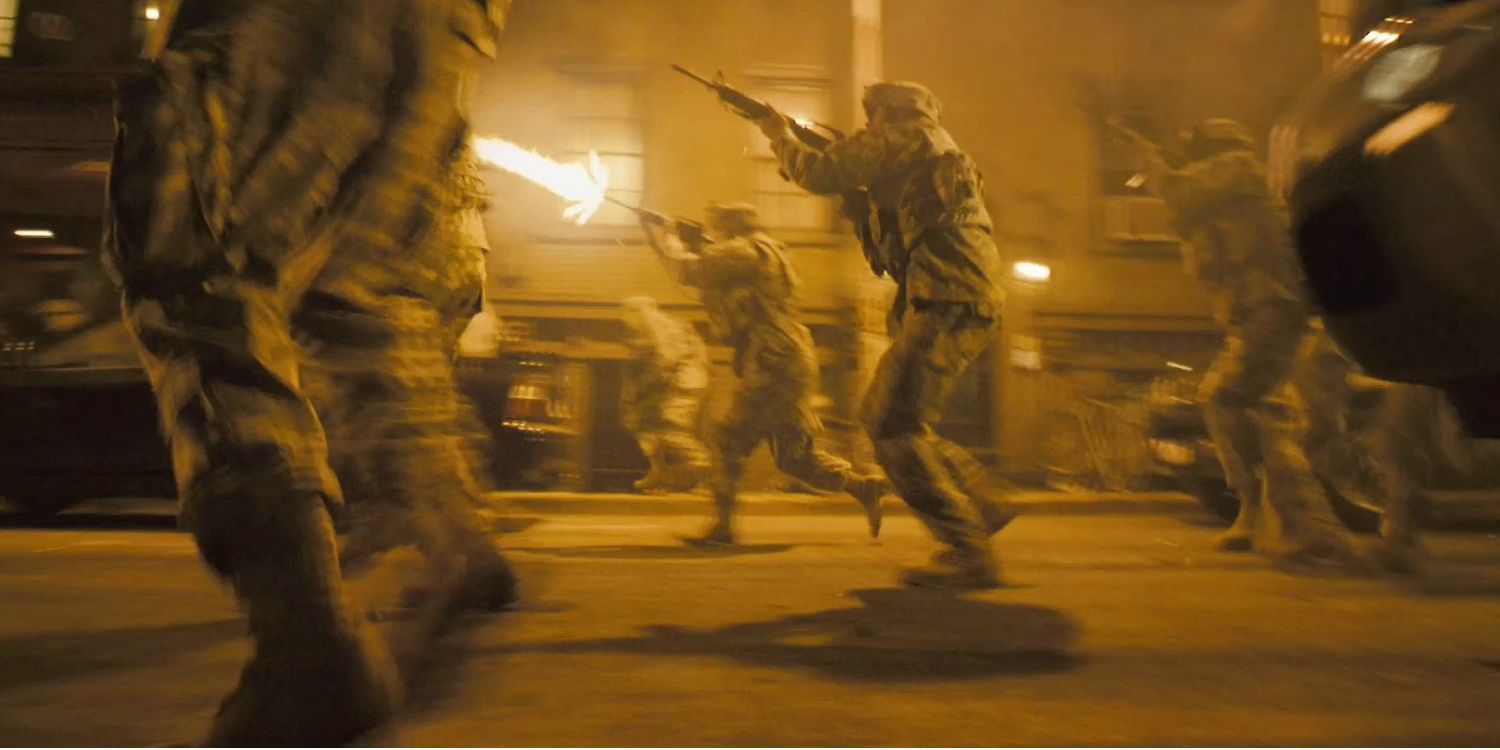Summary
- Cloverfield had a budget of $25 million, a fraction of the cost of other modern kaiju films.
- The “found footage” style of Cloverfield added a unique and immersive perspective on the giant monster rampage.
- Despite its lower budget, Cloverfield became a sleeper hit, grossing over $172 million and launching a successful franchise.
Most modern kaiju movies carry whopping nine-figure budgets, but one of the greatest entries in the genre was surprisingly cheap to produce. The kaiju genre originated in Japan and was created by Eiji Tsuburaya and Ishirō Honda with their groundbreaking 1954 masterpiece Godzilla. But since the spectacle of giant monsters smashing up cities crosses the language barrier, the popularity of the kaiju genre has spread across the world. Godzilla kicked off both an international franchise and a subgenre of science fiction. Godzilla and his ilk continue to draw crowds to movie theaters around the globe.
Hollywood has had plenty of success licensing popular kaiju characters like Godzilla and King Kong, but there have also been a handful of successful original kaiju movies. These original kaiju movies can be a risky gamble, because they tend to be expensive, so they have to make a lot of money. But one original kaiju film became such a huge hit that it launched a sprawling, interconnected franchise, because it wasn’t ridiculously expensive to produce. In fact, it was made for the kind of budget that’s usually given to small-scale, character-driven dramas with no visual effects and no big-name stars.
Matt Reeves’ Cloverfield Had A Budget Of $25 Million
Cloverfield was produced for a fraction of the average Hollywood blockbuster
Matt Reeves’ “found footage” kaiju thriller Cloverfield was produced for a budget of just $25 million (via Box Office Mojo). The movie is presented as footage recovered from a camcorder by the Department of Defense. It starts off with a group of friends throwing a farewell party for a man named Rob, who’s leaving New York City to take a new job in Japan. During the party, there’s a power outage in the city and they’re shocked to discover that a giant monster has arrived. The rest of the movie is a fight for survival against the monster, dubbed “Clover.”
Although it was initially dismissed as a B-movie, a viral marketing campaign and a positive critical reception turned Cloverfield into a sleeper hit. It grossed $172,394,180 at the worldwide box office and launched a Cloverfield franchise with the spin-offs 10 Cloverfield Lane in 2016 and The Cloverfield Paradox in 2018. If Cloverfield had been given a massive $200 million budget, it would’ve been a bomb and spin-offs would’ve been out of the question. But because it had a more conservative $25 million price-tag, it was deemed a huge hit.
How Cloverfield’s Budget Compares To The MonsterVerse Movies
The cheapest MonsterVerse movie cost five times more than Cloverfield
|
MonsterVerse Movie |
Budget |
|---|---|
|
Godzilla |
$160 million |
|
Kong: Skull Island |
$185 million |
|
Godzilla: King of the Monsters |
$170–200 million |
|
Godzilla vs. Kong |
$155–200 million |
|
Godzilla x Kong: The New Empire |
$135–150 million |
Cloverfield’s budget looks even smaller when it’s compared to what other modern kaiju movies have cost. The MonsterVerse is the best metric for what Hollywood is willing to spend on kaiju movies – it’s the Marvel-style shared cinematic universe where Legendary Pictures has collected Godzilla, Kong, and their related characters – and Cloverfield’s budget is a fraction of theirs. The MonsterVerse kicked off with the 2014 reboot of Godzilla, which cost $160 million to produce. Kong: Skull Island was even more expensive with a price-tag of $185 million.
The next two movies in the MonsterVerse, Godzilla: King of the Monsters and Godzilla vs. Kong, cost up to $200 million, which is eight times what Cloverfield cost. The most recent entry in the MonsterVerse franchise, Godzilla x Kong: The New Empire, had a slightly smaller budget of around $150 million, but that’s still significantly more than Cloverfield cost to make. The fact that the MonsterVerse movies all cost somewhere between six and eight times the budget of Cloverfield just makes Cloverfield look even more impressive.
Cloverfield’s Lower Budget Made The Movie Better
Cloverfield’s lower budget made it a better and more unique movie. If it had a massive budget and showed the monster a lot more, then there would be nothing to distinguish it from other kaiju movies. But the “found footage” style of Cloverfield allowed it to do things that the genre had never done before. The “found footage” gimmick can be tiresome if it’s not used correctly – especially at the height of the subgenre’s popularity in the 2000s – but in Cloverfield, it’s great. It gave audiences a perspective of a giant monster they’d never seen before.
Filming the entire movie from the characters’ point-of-view put the audience in their shoes on the ground level, witnessing Clover’s rampage from the street. The omniscient camera angles of the Godzilla movies are great for mindless spectacle, but it’s hard to get a visceral reaction, because the audience can’t imagine themselves in that position. The ground-level camerawork of Cloverfield makes it much more immersive, and makes the viewers feel like they’re actually there, fleeing as an enormous creature tears New York City asunder.
Source: Box Office Mojo









